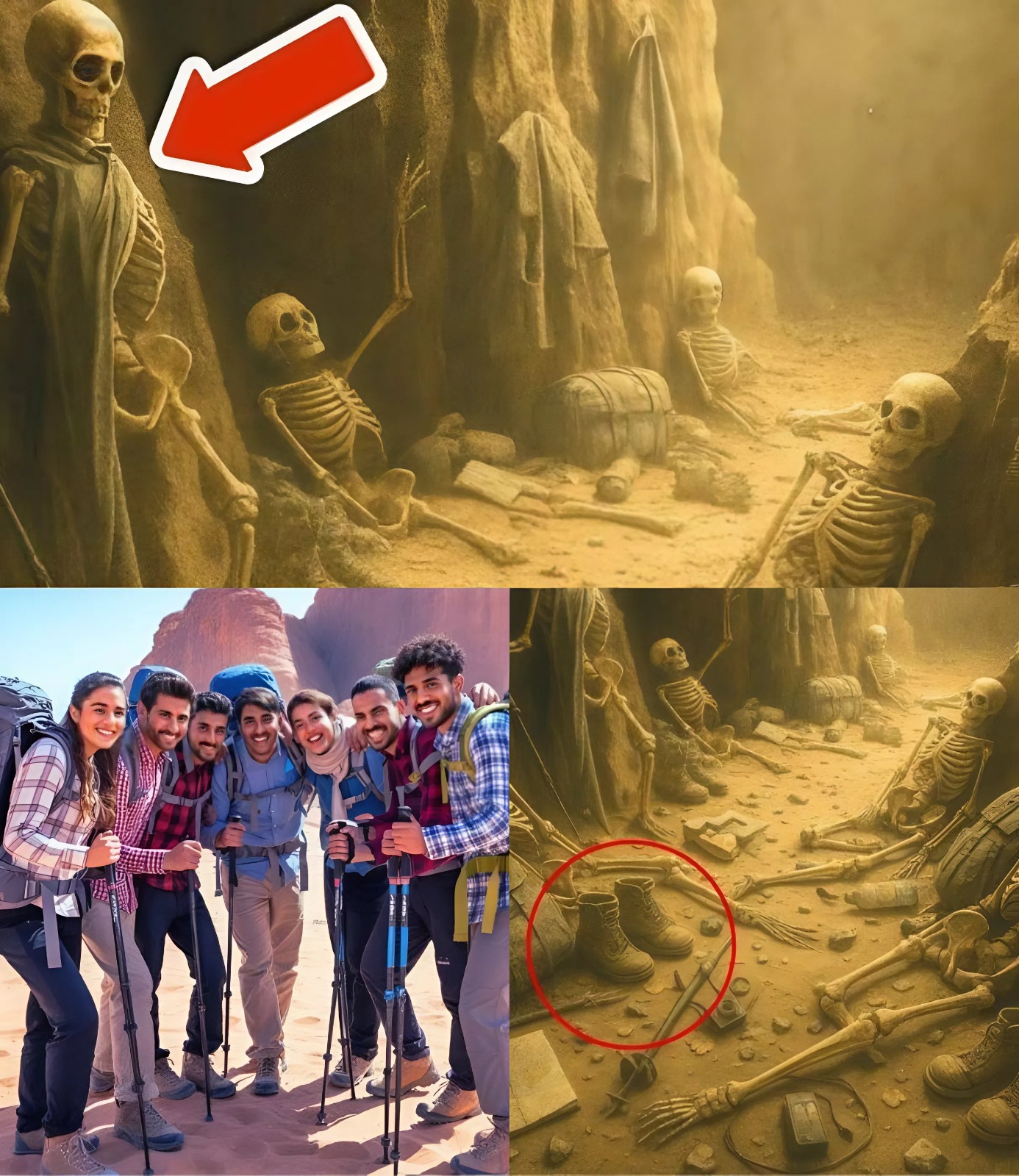In the summer of 1984, the sleepy port city of Salalah was a place of fragrant breezes, drifting incense, and streets shimmering under the khareef monsoon mist. Travelers came and went—some drawn by the region’s fabled frankincense groves, others by its rugged cliffs and emerald valleys. But that year, seven strangers from distant corners of the world arrived with a different purpose: to disappear into the untouched wilderness of Dhofar, chasing something not found on any map.
They were young, hungry for experience, and enthralled by the allure of a place whispered about in traveler circles—a forest where ancient spirits were said to wander, and where the boundaries between the natural and the supernatural felt unusually thin. Four men, three women, most in their twenties, all united by a shared craving for the unknown. Their photographs, later recovered from abandoned film canisters, captured sunburned faces and hopeful smiles. None could have imagined how swiftly those smiles would vanish.

Guiding them was a man whose presence seemed woven from the land itself. Ragheb al-Mundhir, thin and wiry, moved with the quiet confidence of someone who knew more than he spoke. Locals claimed he had once lived high in the mountains, raised in a village that no longer appeared on administrative records. Some insisted he had survived a tribal conflict decades earlier; others said he wandered the forest alone for years before returning to civilization. Regardless of the truth, one thing was certain: he knew Dhofar better than any living guide.
Into the Mist-Shrouded Green
The group set out on August 14, when the monsoon fog still hugged the trees and turned daylight into a perpetual twilight. Their journals—those that survived—paint an enchanting beginning. Lush moss blanketed the forest floor, and towering fig trees formed arches overhead. Monkeys chattered unseen in the canopy, and the air hummed with insects. The travelers noted how alive everything felt, as if the forest breathed with them.
Ragheb walked at the front, his pace steady, rarely glancing back. Yet even then, subtle oddities crept into the expedition. One member wrote that he sometimes saw the guide whispering under his breath as they passed particularly ancient trees, as if reciting prayers or warnings. Another account described finding strange symbols carved into trunks, symbols that none of the travelers recognized. Ragheb dismissed them as “old shepherd marks” meant to guide tribal herders through the mountains, but his eyes betrayed something else—fear, or perhaps respect.
Still, the group pressed deeper, carried by adrenaline and the promise of uncharted terrain. They planned to spend ten days in the wilderness. They would last far fewer.

The First Signs of Darkness
On the third night, the forest changed.
It began with the absence of sound. The constant chorus of insects fell silent, leaving a void so complete that the travelers awoke from their sleep in confusion. Then came the noises—sharp cracks in the distance, low rustling as if something large moved through the underbrush. Ragheb paced the perimeter of the camp, lantern in hand, refusing to sleep.
One journal entry from that night reads:
“Something followed us today. Not an animal. The trees moved too much, and the shadows weren’t right. Ragheb told us to keep close and not answer if we heard our names called. Why would he say that unless he had heard it before?”





